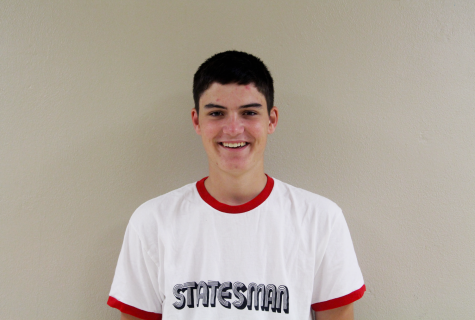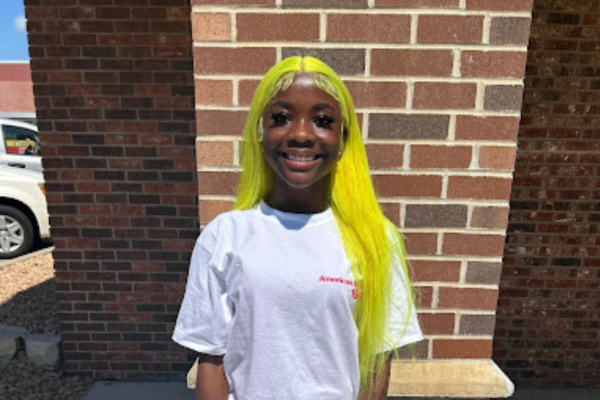‘Three Identical Strangers:’ A twisted reunion
“Three Identical Strangers” was released on Jan. 19, 2018.
November 29, 2018
Warning: Spoilers Ahead!
Imagine that you had an unknown twin somewhere out there, a person similar to you in almost every way imaginable. This person not only looks the same as you, but they enjoy the same activities as you. Now imagine there were two of these people out there.
This was the shocking truth that triplets Eddy Galland, Robert Shafran and David Kellman had to endure. Tim Wardle’s documentary, “Three Identical Strangers” tells the story of these triplets who were separated at birth and were fortunate enough to stumble upon each other in an unsuspecting way.
As Shafran arrived at a community college in 1980, he was greeted with high fives and people patting him on the back, saying phrases along the lines of “glad you’re back.” When people began calling Shafran “Eddy,” he initially thought nothing of it. After a close friend of Galland was able to decipher that Shafran was in fact not his longtime friend who had stopped going to college the previous year, but a person that had been adopted just like Galland, the two immediately hopped in a car and drove to Galland’s house for the two long-lost brothers to meet.
This shocking revelation gained media attention when an article and a photo of Shafran and Galland were published in the New York Post. Soon after, the yet-to-know-he-was-a-triplet-brother Kellman recognized himself in the picture, noting the “mitt-like” hands of Shafran and Galland being similar to his own. With this discovery, the third and final brother had been found.
The stardom of the triplets continued for a few years with constant news coverage, even affording them a cameo in a film starring Madonna. The celebrity status of the triplets allowed them to open a steakhouse called Triplets Roumanian Steakhouse in SoHo. The restaurant had a successful first year.
As the media coverage of the triplets continued, a dark and twisted discovery of their past was uncovered. As journalist Lawrence Wright was researching for his upcoming book on twins, he discovered that Louise Wise Services – the adoption agency the triplets went through – had performed a study on the triplets, as well as a few other sets of twins. Shockingly, there were similarities in all of the lives of the triplets that do not seem coincidental. For instance, all three had an adopted sister two years older than them and were constantly visited by researchers conducting behavioral tests as children. These factors seemed to be the “control variables” of the experiment because the home lives for each of the triplets were completely different. Shafran’s family was white-collar, Galland’s family was middle class and Kellman’s family was blue-collar.
Reluctant to give answers to the public, the results of the studies were sent to Yale University to remained sealed until 2065. However, some of the study (around 10,000 pages) has been released as public information, with many of the details of the study redacted.
The movie tells a dark and twisted story that will leave the viewer dying to know the results of the inhumane study conducted by Louise Wise Services. Although slow at times, Wardle does a great job keeping the facts correct and telling the complete story of the Three Identical Strangers.
One can only imagine the mental toll it would take on a triplet after being separated at birth. After all of the media coverage of the triplets came into the public arena, a few more sets of twins were able to figure out they had a long-lost look-alike out there. While some did find out they had a twin, others have not been so lucky. There could be up to four more sets of twins that don’t know their counterpart. Which now begs the question: could you have a twin somewhere out there?








